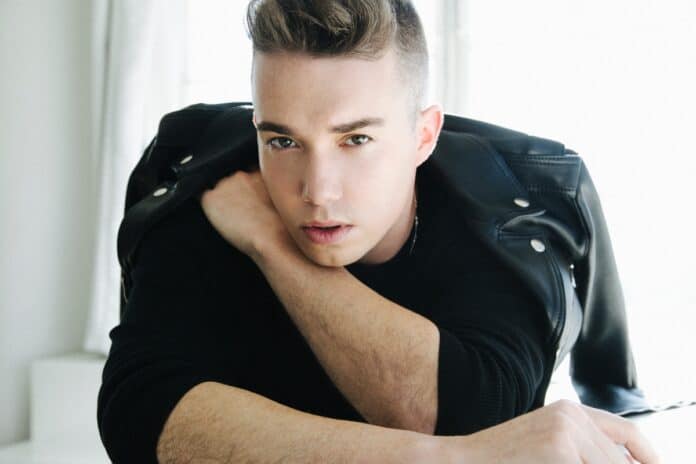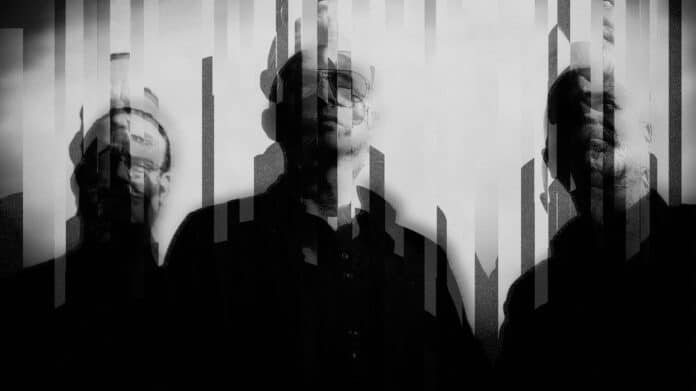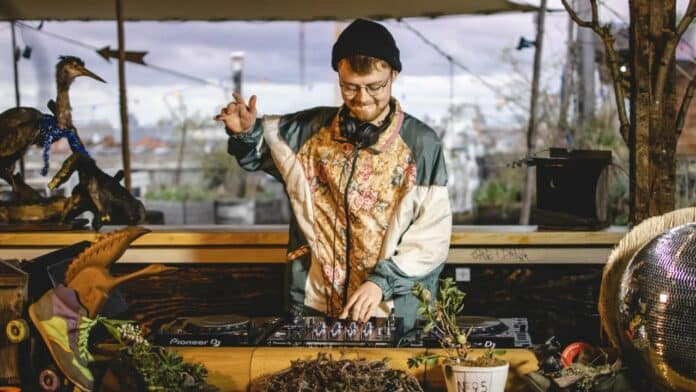
Five things we learned from our In Conversation video chat with Alessia Cara
Alessia Cara‘s upcoming third album – currently untitled – has two running themes and two distinct sonic identities. That’s why, she says, she decided to introduce her new era with two songs: the playful ‘Shapeshifter’, which showcases the album’s “witty and lighthearted” side, and ‘Sweet Dream’, a wracked ballad about insomnia that represents the “difficult times” she went through at the height of the pandemic.
Both songs have the musical fluidity and lyrical candour that Cara has displayed in spades since she broke through with her brilliant 2015 debut single ‘Here’. Cara’s captivating account of feeling like an outsider at a teenage party became a global sleeper hit, setting the Canadian singer-songwriter on a skyward trajectory that saw her collaborate with rapper Logic (‘1-800-273-8255’) and EDM star Zedd (‘Stay’) on further smashes, then win a Grammy for Best New Artist in 2018. Last year, she also made her acting debut with a charming voice role in Netflix‘s acclaimed animated movie The Willoughbys.
Still, as she reveals in a typically warm and thoughtful interview for NME‘s In Conversation series, dealing with breakout success and an intense work schedule took a toll on her mental health – one that really came to a head during the pandemic. Cara also talks about writing songs including ‘Shapeshifter’ with Salaam Remi – the super-producer who worked with her musical hero Amy Winehouse – and her surprising cover of Metallica‘s ‘Enter Sandman’.
Her difficult times weren’t caused by the pandemic, but the pandemic definitely brought them to the fore
Because Cara had been working non-stop since she was 18, she says she got “really good at pushing things down”. Over time this led to her “neglecting myself” and “not dealing with my anxiety, not dealing with my depression and not understanding any of my emotions”. Then the pandemic hit. “Suddenly the world stopped and all of those things that I’d been pushing down just completely boiled over and I was getting panic attacks every single day for hours and hours on end,” she says. “I wasn’t sleeping, I wasn’t eating, it was just a disaster. And I just completely halted.”
Before she could begin trying to heal, Cara says she “had to hit a complete rock bottom where I realised ‘I don’t want to live this way anymore’”. She started doing therapy, which she describes as “a rescue mission for myself”, and learned to let go of her own guilt.
“There’s a lot of shame that comes with being a person with privilege on paper, and then feeling all of these negative emotions,” she says. “Because it can come across as ungrateful or taking things for granted.” For a long time, she didn’t seek help because she was worried she was just being “stupid” and “ungrateful”. Thankfully, therapy has now helped her to overcome this self-flagellation. “One of the things you learn is that you can’t feel shame. Shame is a very pointless emotion because it gets you nowhere and just sits there,” Cara says.
Her mental health issues were intensified by insomnia
“It’s just like a vicious cycle,” Cara says, “because when you’re anxious, you sleep less; but then when you sleep less, you’re more anxious”. To manage her insomnia, Cara now sets aside half an hour of ‘worry time’ before she turns in for the night, so that “bedtime is strictly for sleeping”. She has also incorporated hot baths and meditation into her pre-sleep routine, and listens to white noise to help herself switch off. “I think it ultimately comes down to preparing and relaxing your body before it’s time to sleep,” she says.

Writing in the same room that Amy Winehouse once wrote in was an “overwhelming” experience
Because Cara credits Winehouse as “the reason I started writing music in the first place”, it felt like a “full circle” moment in her career. On a deeper level, it also felt like a “visceral experience” for the 25-year-old – one that gave her chills. “It felt like [Amy’s] presence was still lingering there, you know,” Cara says. “I think that fuelled the song and helped me get into a zone of honesty. [I was] almost writing from a place of thinking of the way that she would have done it. And that allowed me to be more honest than I probably would have been had I not thought of her when writing the song.”
Following the enormous success of ‘Here’, Cara felt pressure to be something she wasn’t
Cara wrote ‘Here’ about a party where she felt uncomfortable, but when it exploded, she saw that people had “turned it into this song for introverts” that was “so much deeper” than she had anticipated. In time, this led to a disconnect between Cara’s public image and her private feelings. “It gave me a soapbox that I hadn’t intended to stand on – it was like, ‘Oh, now I’m like speaking for all the introverts in the world,’ which is wonderful,” she recalls. “But then I find that I’ve grown into myself and I’m not so much of an introvert anymore, and I feel like I still have to speak for that group of people.”
Cara says that for a while she felt pressure to “constantly speak from that perspective”, but she’s since made peace with her own personal development. “I still ultimately feel like I’m the same person [as when I wrote ‘Here’],” she says. “We all just all grow and change and that’s okay. We can’t always feel the pressure to stay the same.”
She thinks her version of Metallica’s ‘Enter Sandman’ will take people by surprise
Cara has recorded it with The Warning, the all-female metal band from Mexico who became known for their banging cover of ‘Enter Sandman’. Their version will appear on Metallica’s upcoming box set reissue of ‘The Black Album’. “I loved the idea of working with an all-female metal band,” Cara says, “because I feel like there’s not so much female representation in the rock world”. She also points out that covering “Enter Sandman’ was “serendipitous” for her because she references it in her new song ‘Sweet Dream’.
“We came up with this rendition that’s half metal but half in my lane [and] feels a little bit more stripped,” she says. “We tried to make it contemporary, but at the same time maintain the essence of the song. Hopefully, we did it justice. They [Metallica] gave us their stamp of approval, and that’s really what matters to me.”





